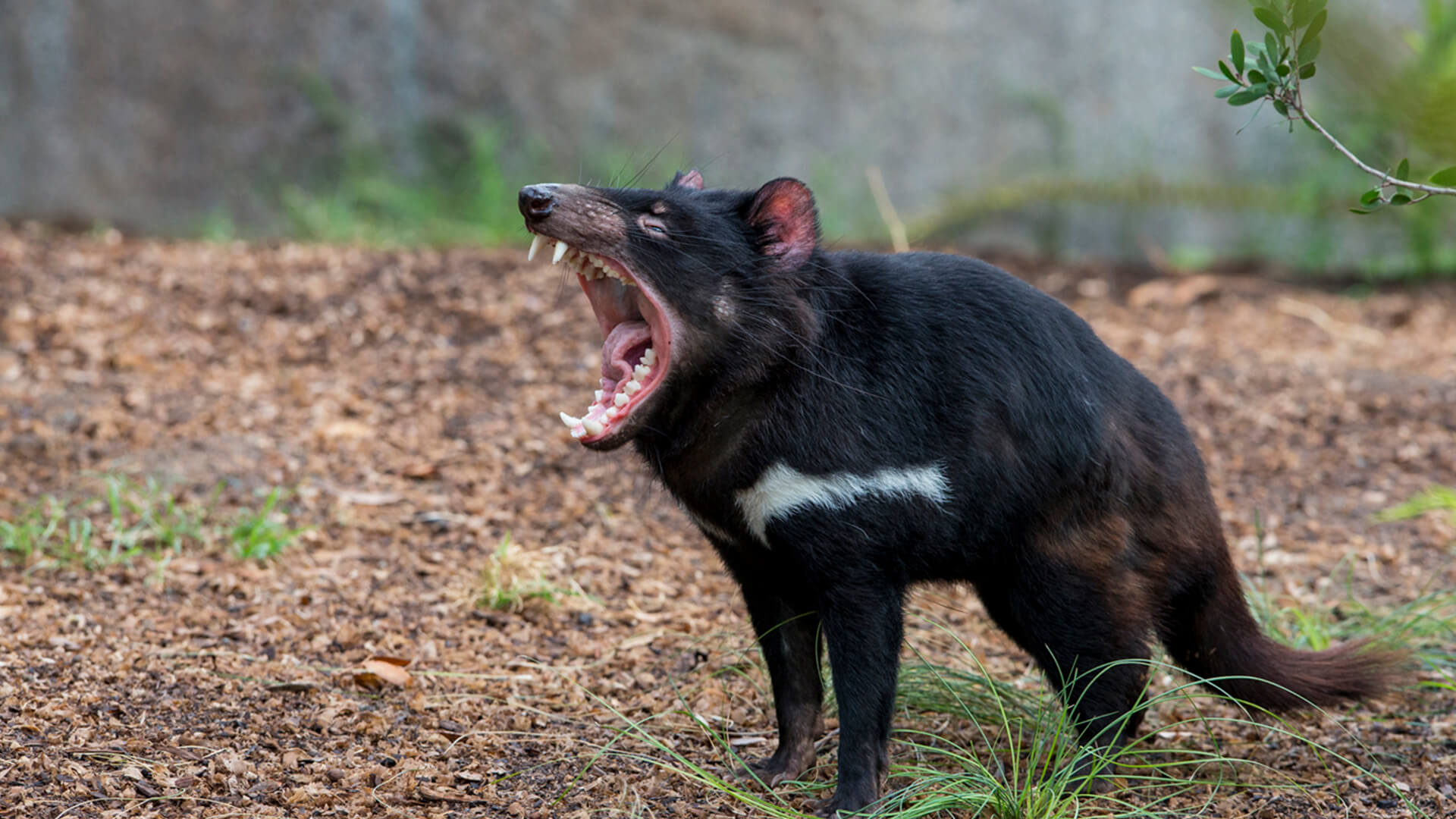
WEIGHT: 60 kg
Bust: 3
One HOUR:80$
Overnight: +90$
Services: Ass licking, Massage Thai, Role Play & Fantasy, Smoking (Fetish), Spanking
Copperheads have managed to eke out an existence in some of the coldest high rainfall regions of Australia, where most other snakes would perish. And one species at least appears to have benefitted from European settlement, with the conversion of forest to open agricultural country creating more favorable habitat for this moisture-loving serpent.
All species of copperheads are fairly similar in general form and colouration. They are moderately robust and muscular in build. The scales of the back and upper sides are semi-glossy and uniformly blackish to grey brown in colour, with a brownish or orange flush in some individuals of Lowland and Highland Copperheads. The lowermost rows of lateral scales are enlarged and these are usually a paler colour, particularly on the neck and forebody.

Belly colour is cream to grey. The head is relatively narrow and barely distinct from the neck. The eyes are moderately large, pale coloured with a brown to reddish-brown rim, and the pupil is round.
The common name Copperhead refers to the coppery-brown coloration of the head and particularly the snout of some individuals most often seen in Lowland Copperheads. Pygmy Copperhead - in the Mount Lofty Ranges, the species occurs almost exclusively in high altitude forest. However, on Kangaroo Island it can be found in a wide variety of habitats, including coastal dunes, samphire flats, open grassland, closed woodland and in agricultural areas.

It shelters in deep matted vegetation such as tussock grasses, under flat stones and in or under fallen timber. Highland Copperhead — this species occurs in woodland and open forest, usually near water especially still water such as in wetlands and small creeks.

































